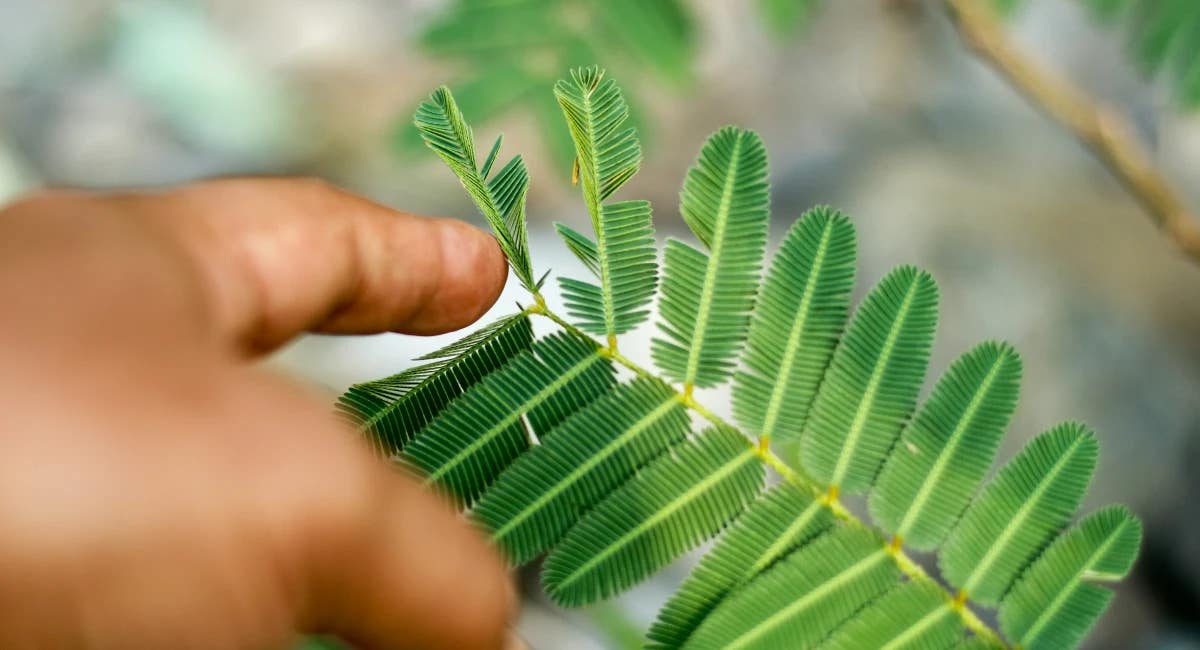Are plants intelligent? Science finally has the answer!
There are more than 70 definitions that are published for plant intelligence and there is no agreement on what it is, even within a given fi

Goldenrod, a common plant known for its vibrant yellow flowers, possesses an extraordinary ability to sense and respond to its environment without any physical contact with other plants. This fascinating capability raises a provocative question: Could plants, like goldenrod, exhibit a form of intelligence?
Andre Kessler, a chemical ecologist and professor at Cornell University, delves into this question in his recent paper published in the journal Plant Signaling and Behavior. "There are more than 70 definitions that are published for intelligence and there is no agreement on what it is, even within a given field," Kessler notes. His work explores the possibility that plants might meet certain criteria for intelligence, even though they lack a central nervous system.
Sensing the Environment
Plants like goldenrod can detect changes in their surroundings using far-red light, which reflects off the leaves of neighboring plants. This form of light sensing allows goldenrod to recognize the presence of nearby vegetation. When herbivores, such as leaf beetle larvae, start munching on goldenrod leaves, the plant's response varies depending on whether it senses other plants nearby.
In Kessler's earlier research, he discovered that goldenrod emits volatile organic compounds (VOCs) when attacked. These airborne chemicals signal to neighboring goldenrod plants to brace themselves against the same threat. Essentially, goldenrod warns its neighbors of incoming herbivores, prompting them to activate their defenses.
This ability to communicate and adapt based on environmental cues fits within Kessler's streamlined definition of intelligence: “The ability to solve problems, based on the information that you get from the environment, toward a particular goal.”
Kessler's investigations into goldenrod’s responses reveal even more about its adaptive behavior. In a 2022 study published in the journal Plants, Kessler, along with Alexander Chautá, Ph.D., demonstrated that goldenrod adjusts its growth and chemical defenses depending on the presence of neighboring plants.
Related Stories
When surrounded by other plants and under attack by herbivores, goldenrod shifts its strategy to grow faster while also enhancing its chemical defenses. This dual response helps the plant tolerate and resist herbivory more effectively. However, in the absence of neighbors, goldenrod doesn’t accelerate its growth and alters its chemical responses, showing a different yet still robust tolerance to herbivores.
"This would fit our definition of intelligence," Kessler explains. "Depending on the information it receives from the environment, the plant changes its standard behavior." Such flexibility and responsiveness to environmental cues suggest that goldenrod, and potentially other plants, can adapt in real-time to challenges in a manner that parallels problem-solving.
Reconsidering Plant Intelligence
The notion that plants might possess a form of intelligence challenges traditional views, which typically associate intelligence with organisms that have a central nervous system. Some plant biologists propose that the vascular systems in plants could function similarly to the nervous systems in animals, facilitating information processing and response.
However, Kessler disagrees with this comparison. "There is no good evidence for any of the homologies with the nervous system, even though we clearly see electrical signaling in plants," he says. He questions the importance of these electrical signals in plants’ ability to process environmental cues.
Instead, Kessler suggests that intelligence in plants could be more accurately understood through their chemical signaling and communication mechanisms. He draws an intriguing analogy from mathematicians in the 1920s, who speculated that plants might operate more like beehives, with each cell functioning like an individual bee and the entire plant acting as the hive.
"The brain in the plant is the entire plant without the need of central coordination," Kessler elaborates. This perspective implies that each plant cell, capable of perceiving environmental signals and responding collectively through chemical communication, contributes to the plant's overall adaptive behavior.
Intelligence Beyond the Nervous System
Kessler's work prompts a broader reconsideration of what it means to be intelligent. This reflection is particularly relevant in an era where artificial intelligence (AI) is a prominent topic of discussion. Unlike plants, AI currently does not solve problems toward a specific goal based on environmental information.
"Artificial intelligence, by our definition of intelligence, is not even intelligent," Kessler remarks. AI operates by identifying patterns in the data it accesses, but it lacks the adaptive, goal-oriented problem-solving that plants like goldenrod demonstrate.
Exploring the intelligence of plants can open new avenues for understanding the mechanisms and functions of plant communication and behavior. It encourages us to rethink our definitions of intelligence and to appreciate the complex, dynamic ways in which living organisms, even those without brains, interact with their environment.
Kessler’s insights highlight the sophisticated ways in which plants like goldenrod respond to their surroundings. By redefining intelligence to include the problem-solving abilities of plants, we broaden our perspective on the capacities of life forms traditionally viewed as passive and unresponsive. This expanded view not only deepens our understanding of plant behavior but also challenges us to think more creatively about intelligence itself.
For more science and technology news stories check out our New Discoveries section at The Brighter Side of News.
Note: Materials provided above by The Brighter Side of News. Content may be edited for style and length.
Like these kind of feel good stories? Get the Brighter Side of News' newsletter.
Joshua Shavit
Science & Technology Writer | AI and Robotics Reporter
Joshua Shavit is a Los Angeles-based science and technology writer with a passion for exploring the breakthroughs shaping the future. As a contributor to The Brighter Side of News, he focuses on positive and transformative advancements in AI, technology, physics, engineering, robotics and space science. Joshua is currently working towards a Bachelor of Science in Business Administration at the University of California, Berkeley. He combines his academic background with a talent for storytelling, making complex scientific discoveries engaging and accessible. His work highlights the innovators behind the ideas, bringing readers closer to the people driving progress.



